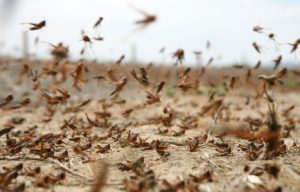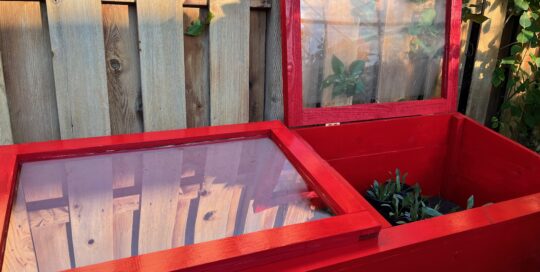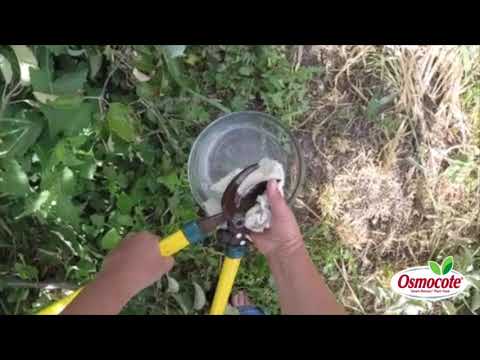The Rise and Fall of the Rocky Mountain Locust
Views: 12053

I can finally sleep soundly after solving the Rocky Mountain Locust mystery.
It all started with the book. I’m reading On the Banks of Plum Creek (one of the Little House series by Laura Ingalls Wilder) to the boys. There’s a description of the swarm of locusts that will send chills down your spine. They descended in a sickening swarm, darkening the sky, devouring absolutely everything.
I think the grasshoppers are bad around here, but it’s nothing compared to such devastation. I wanted to know why it happened, and more importantly, whether it could happen again.
The Rocky Mountain Locust
In my research I found Jeffrey Lockwood’s book Locust, which is hard to put down even if you don’t have a penchant for entomological thrillers. He offered descriptions of not only the legendary locust plague of 1875, but several other cycles throughout homesteaders’ history. Can you imagine traveling out west staking everything on making a go of it on 160 acres of land only to have a cloud of billions of insects drop on your farm eating everything in its path? This was a relatively normal course of events for these hardy souls.
The Rocky Mountain locust (Melanoplus spretus) was a fixed part of the natural cycle that swept the praire on a regular basis. Trillions descended upon the plains, then returned in a sedentary lifecycle to their “permanent zone” in the valleys of the mountains. Yet, in Lockwood’s book he notes someone collected the last living specimen in 1902. The basis of his research was finding out why the extinction of a species of spectacular magnitude occurred.
I know there are longterm repurcussions on removing a species like this (and there are questions whether their disappearance has negatively impacted a number of bird species who’ve been declining in the last century), but I can’t imagine living with this plague. One of the largest swarms measured 124 miles long and 37 miles wide.
They ate everything, including dead animals and the carcasses of other hoppers. Obviously, nothing growing stood a chance, and to make matters worse, if chickens at the locusts, which they loved, it made their eggs and meat inedible. How’s that for bitter irony? Towards the end of the 1800s swarms occurred every 4 years or so. A drought sped up the cycle, worsening the misery of the intrepid farmers.
Locust Extinction
As difficult as it was to live with when the locusts came, it was just as challenging to find out why they disappeared over 80 years after the last one was collected. Lockwood spent years crawling and climbing his way to glaciers in Montana and Wyoming to find the entombed bodies of trapped locusts in the strata of ice. It’s easier said than done due to accelerated melting of the glaciers. However, he finally hit the jackpot on Knife Point Glacier in Wyoming discovering evidence of hundreds of years of locust swarms.
But why did they disappear? After eliminating a number of theories, Lockwood determined the weakness of the locusts was during their sedentary phase in the mountain valleys. They laid eggs in the soft, fertile soil, which was equally ideal for farmers to till and plant in order to feed a growing westward moving civilation. Ultimately, the plow and the cow wiped them out.
It’s hard to wrap your mind around the complete elimination of species, but that’s precisely what happened. And unlike the bison (who were nearly wiped out despite estimated numbers of over 30 million in North America before European settlement), it wasn’t due to people specifically hunting them. There weren’t people massive spraying them. No one had an organized plan, yet the locusts disappeared.
While gardeners and farmers can breathe a sigh of relief, we can’t rejoice without considering the long term ramifications, as well as the possibility we can do the same to a more favorable species.
The photo is copyright ruvanboshoff from istock because no matter how much I whine about bad grasshopper years, it never compares to a true plague of locusts.
Meet Amy Grisak
Amy is a freelance author and photographer in Great Falls, MT who specializes in gardening, foods, and sustainable agriculture. She provides information on every kind…
Amy's Recent Posts

Can Planting Spring Bulbs Cause Skin Irritation?








